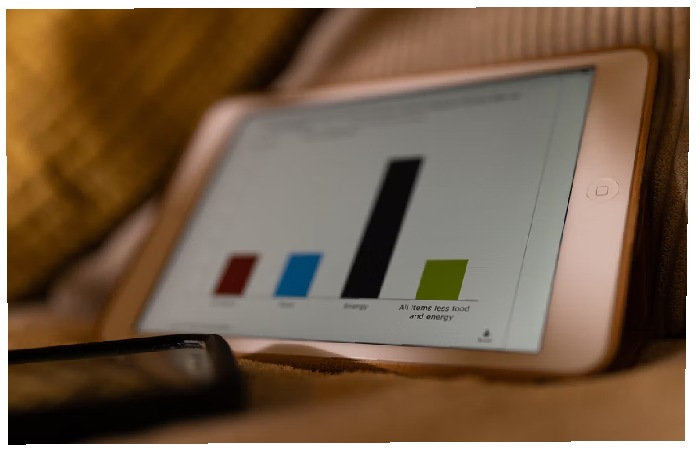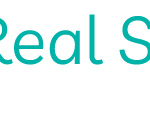One of the main reasons for commercial failure is the lack of economic research and planning.
Even if it is an economically viable project, an erroneous forecast of expenses can condemn it to collapse in its development . Now-a-days many companies are generating paystub. A pay stub refers to detail data from the employer to determine specific pay of employees. Frauds and dishonest leaders make fake paystubs that leads to variety of problems for businesses. – Check this article to learn how to spot fake pay stub.
For this reason, making a good forecast of expenses is an essential process for all companies. Regardless of their size and sector of activity.
This article explains how to make an expense forecast and why it is essential to dedicate efforts to it.
Table of Contents
Why is it important to forecast expenses?

Proper forecasting of expenses is essential to creating a sound and secure financial plan. Knowing at any given time the amount of money with which a company will have to operate will help plan risks and make the right decisions.
Likewise, it will facilitate the task of obtaining loans and credit for the business. Banks and lenders need to be clear about the risk and reward to be accepted. Companies need a solid financial plan that includes an optimal forecast of expenses.
Launching a new business, you can base your forecast on market research and industry benchmark projects. If the business is already operating, you can use records from previous years to help redirect the estimates.
Types of expenses to include in the forecast
Expenses are capital outflows for operational aspects of the company, such as distribution, administration or marketing.
It is essential to understand that an expense is not the same as a cost since the latter refers to the capital used in aspects directly related to the productive activity (raw materials, labour…).
For example, advertising can be consider a necessary expense to attract customers, just like creating a web page. Real estate rental is also classified as an essential expense for a company to have a location from which to sell.
With this clear idea, we will break down the different types of expenses that must be taken into account to make the forecast.
Fixed expenses
They are necessary for the company’s operation and do not vary in the short term. This includes rent, financial services, payroll or taxes and fees, among others.
Variable expenses
They are unpredictable since they are subject to business activity and vary over a short period. For example, outsourced services, marketing, stationery, office supplies, direct labour expenses, business travel, repairs or packaging, etc.
Operating expenses
Are those that generate a benefit for the company (wages or another clear example is allocating resources for training programs as a key to staff development).
Non-operational expenses
They do not benefit the business, but it is essential to face them, such as licenses, taxes or administrative and legal expenses.
How to forecast expenses
The specific needs of each business and the sector in which it operates are aspects that will affect the expense account assumed by each company.
Experience, previous research and common sense will play an essential role in an optimal forecast since a part of the expenses will be based on conjecture. The starting opinion must be to examine the needs of the business (administrative, locations, machinery, office supplies, information technology, training, human resources, advertising and marketing, outsourcing…).
With the project’s needs clear. It is necessary to establish the fixed and variable expenses that are going to be incur so that the business works for a certain period of time and calculates approximately how much they will amount to.
What should the company do?
If the company is in the launch phase. A forecast of constitution and start-up expenses must be included, such as opening permits. Registrations or name changes in supplies or the preparation of feasibility studies.
With this information, it is time to define the expenses in a short-term timeline to facilitate the calculations (monthly, quarterly, annual…).
In general, it is convenient to respect the planning of costs. Although good management requires a periodic review to verify the company’s expenses’ time, efficiency, and results.
planned expenses
According to the planned expenses, each company must set a sales target to reach the profitability threshold or break-even point. At that time, the company will generate the same amount of income as expenses. Therefore, it can be considered profitable. The goal is to get revenues above costs to start making a profit.
It should be note that, although the figure may vary depending on the type of activity and the initial investment. The average time it takes for a business to become profitable from the time it is launch is around two years. For this reason, it is advisable that, in the event of starting an entrepreneurial project. An initial “cushion” is foreseen to which one can turn in case of need.
Expense forecasting is management that, if carried out with solvency and efficiency, can facilitate strategic decision-making for the company’s development. Therefore, determine the success of a business project.


